Beets are a reliable cool-weather crop that grows well in temperate climates. One of the biggest advantages of beets is that you can grow them in both early spring and late fall, in as little as two months.
This way homesteaders can maximize their garden space when temperatures are too low for other vegetables.
To make the most of this prolific crop, you’ll need to know the best ways to preserve them.
Types of Beets
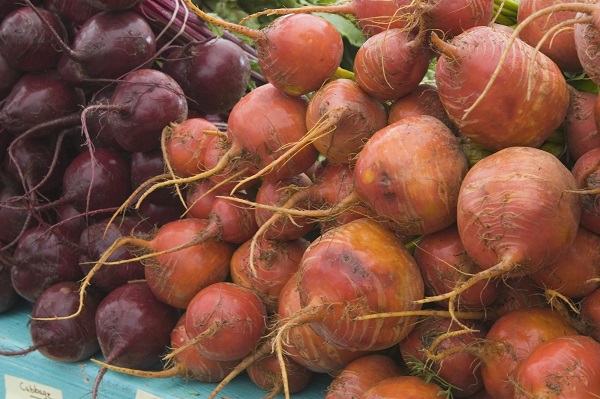
How you preserve your beets will depend on the type you’ve grown.
All current beet varieties under cultivation are descendants of the wild beetroot, also known as the sea beet or Beta vulgaris subsp. Maritima.
Farmers and homesteaders grow beetroot in three basic forms:
- Table beets
- Fodder beets
- Sugar beets
Chard is a related species, but normally grown for its dark red leaves and not typically preserved.
Table Beets
Table beets are the red or yellow root vegetables most of us are familiar with. You’ll see them in grocery stores in cans or jars.
Fodder Beets
Fodder beets, or field beets, are used to feed livestock. Often called mangel beets, these grow much larger than table beets.
The Red Mammoth variety boasts a 20-pound root and edible greens up to a meter in height. Although they’re used to feed animals, they’re perfectly suitable for human consumption and considered a survival crop in times of need.
Sugar Beets
Sugar beets are higher in sucrose and lower in moisture than table or fodder beets. Up to one-third of the world’s table sugar production comes from sugar beets.
They can easily be converted to usable sugar, even at home. This means homesteaders in cooler climates can become more self-sufficient in those small but important luxuries.
10 Options for Preserving Beets
Some methods may seem obvious, but we have also included some of the more unusual ways to preserve beets.
When most people think about growing and preserving beets, they think about pickled red beets or canned beets from the grocery store. We’ve found a few more creative ways to preserve the different types of beets.
1. In the Ground
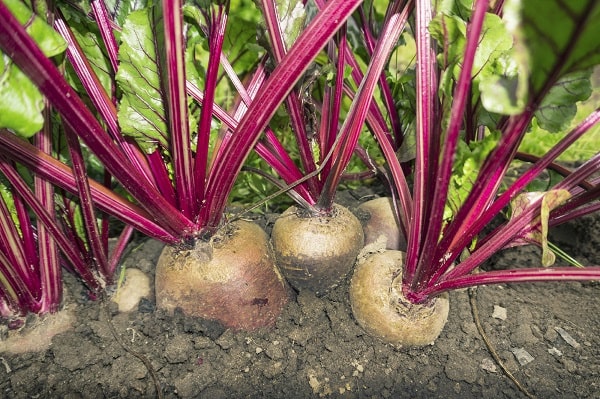
Beets offer flexibility during the busiest times of the growing year because they can be harvested at different stages. They’re also extremely cold hardy, so one of the simplest and easiest ways to store beets is in the ground.
If you’re growing beets and can’t pull them right away, you can leave them in the garden over winter. While the greens may die back, the roots will remain viable, and you can harvest them at your convenience.
2. Root Cellar Storage
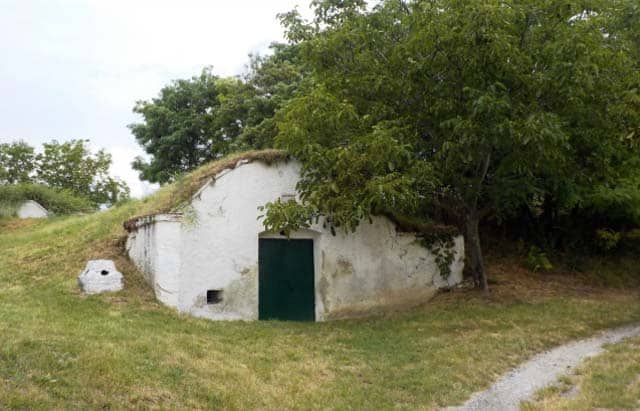
Basements, cellars, and garages make good storage options for any root vegetables. For best results, ensure your storage area is dark, cool, and dry.
Remove the greens and allow the beets to air dry. Brush off any loose soil, but don’t wash them. Store your beets in a box or bucket filled with moist sand. You can also use coconut coir or peat moss. Use enough sand to ensure the roots don’t touch each other and seal the box or bucket tightly, so the sand remains moist.
3. Pickling and Canning
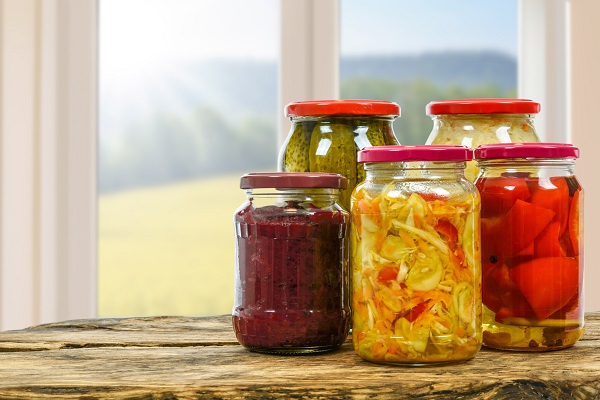
Canned and pickled beets are easy to make at home, and both methods offer excellent long-term storage options for beets.
Canning beets without pickling requires a pressure canner since they don’t naturally contain enough acid to remain safe when processed at lower temperatures. However, canned beets offer more cooking versatility because of their milder flavor.
Pickling has a distinct advantage over canning. Once pickled, you can refrigerate your beets for several months. Alternatively, you can water bath-can them for shelf-stable storage up to a year.
One method the Amish use for preserving beets is to pickle them with hard-boiled eggs. This results in a highly addictive snack packed with protein and phytonutrients. You’ll need to store beet-pickled eggs in the refrigerator, but they’ll last up to four months.
4. Freezing Beets for Storage
Freezing offers fresher flavor than pickling or canning, and you can freeze beets for up to a year if you process them correctly. Unlike most vegetables, though, you’ll need to cook them completely before freezing rather than just blanching them.
5. Dehydrating Beets
Dehydrating is another long-lasting way to preserve beets for later use. If processed and stored correctly, they can last for many years.
You can use your oven to dehydrate your harvest or invest in a food dehydrator. A food dehydrator is a popular choice since oven-drying can be time consuming and use a lot of energy.
The Nesco Gardenmaster Pro is an efficient and affordable model. You can add more trays if needed, making it more flexible than oven-type models. We’ve been using a Nesco for over 20 years, and it’s just as reliable now as it was when we first purchased it.
6. Powdering Beets
You may have seen powdered beetroot for sale as a sports supplement because of its ability to aid in muscle recovery. Once dehydrated, you can grind your dried beets into a fine powder using a coffee grinder or high-powered blender.
One advantage of preserving beets as powder is that it takes up less space in the pantry. The other is its versatility. Use it as a food coloring or add it to soups and stews to boost nutrition. You can even make your own sports drink using beetroot powder.
7. Preserving Beets as Sugar
You’ll need sugar beets to make your own sugar, but if you have enough land and want to experiment, it’s worth exploring.
You can find sugar beet seed on the consumer market, although it is often marketed for food plots to attract wild game. These beets are perfectly safe to eat, and the seed is normally much cheaper than those sold to grow crops for human consumption.
Depending on your expectations and the tools you have at hand, making sugar at home can be as simple or as complicated as you choose. Simple methods yield a raw sugar that retains some of the “vegetable” flavor of the beets.
You can refine your homemade sugar by processing it further with milk of lime and seltzer.
8. As a Beverage
Beet drinks aren’t just for athletes. There are other ways to preserve beets as beverages.
You can make wine from fodder beets. This is one way to preserve beets for the long term, as it needs to ferment for a year or more before drinking.
You can also make a “root beer” or fizzy drink from mangels, which will need at least one year to process.
9. Preserve Beets as Ethanol
One of the key obstacles that homesteaders face is access to sustainable energy. One way to achieve this is to generate our own biofuels, and mangel beets are one of the best candidates for ethanol production.
With the right skills, adequate space, and necessary permits, homesteaders can convert fodder beets to ethanol and reduce their reliance on outside fuel sources.
10. Preserve Beets as Protein
One of my favorite ways to preserve my harvest is by converting it to animal products. Cattle love fodder beets and they’re a popular feed option with dairy farmers. You can also use them in finishing beef cattle.
Even small homesteaders can benefit, as you can feed both mangels and table beets to pigs, meat chickens, and laying hens. Your hens will appreciate the beet greens in particular.
Chop fodder beets well to make them easier for your livestock to eat. You can also feed them the leftover pulp from processing beets for sugar or wine.
Tips for Success
- When preserving beets for later use, don’t neglect the greens. Clean, chop, and blanch your beet greens for two minutes. Chill immediately in an ice bath and then drain and dry completely. Flash-freeze them on a sheet pan to store loosely in a freezer container so you can choose as much as you need for cooking. Using a vacuum sealer will allow you to store them for up to a year without freezer burn.
- Preserve beets in pre-cooked meals for the freezer and save time in the kitchen. There are several beet-based recipes that translate easily into freezer meals. Consider soups and stews like borscht and red flannel stew.
- Use beets to sweeten baked goods. Beets are the original red coloring and sweetener for red velvet cake. Use beets to add sweetness and moisture to cakes and breads, which can be frozen for several months.
Easy to grow, with two cropping seasons a year, you may wonder why you’d bother to preserve beets at all. You could just grow beets and use them fresh, but preserving beets provides consistent availability of this food staple, and if you have a bad harvest one year, you’ll still have a supply of beets to count on.
Beets are fast-growing vegetables and most garden varieties are ready in 55 to 60 days. This makes them an excellent choice for any survival garden or self-sufficient homestead. If you preserve them using one of these methods, you’ll always have them on hand.


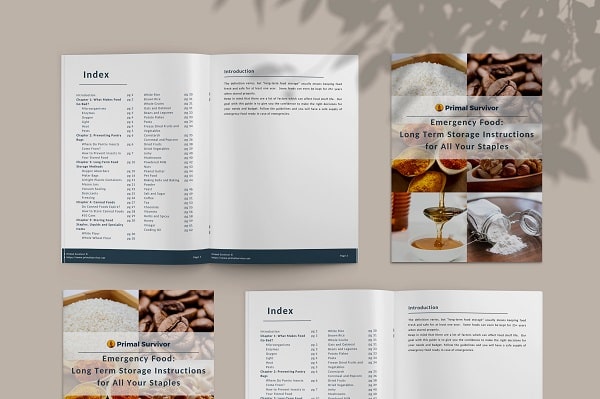

Can I freeze beets in glass jars